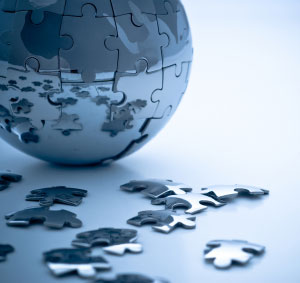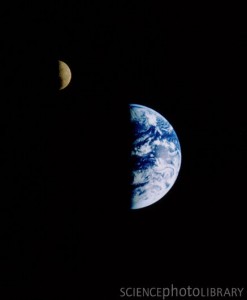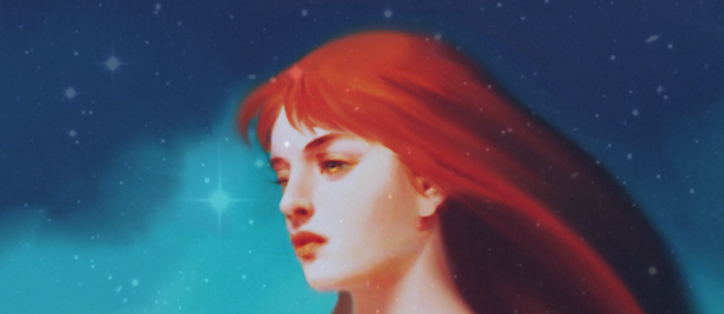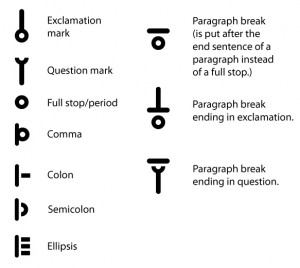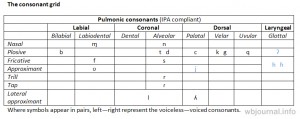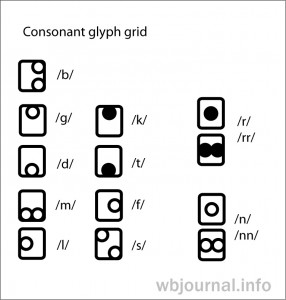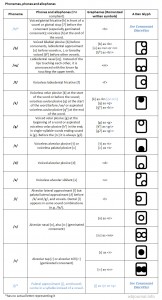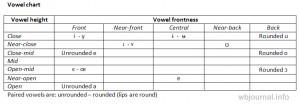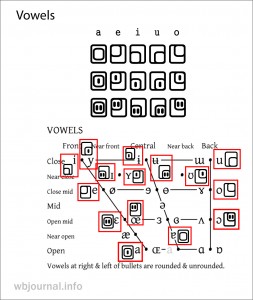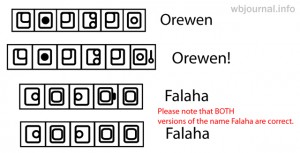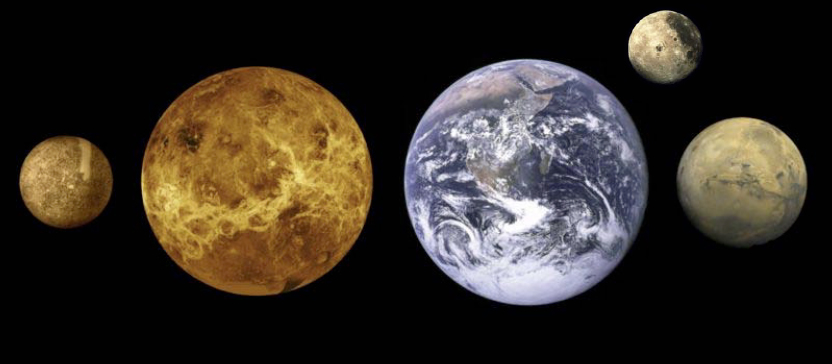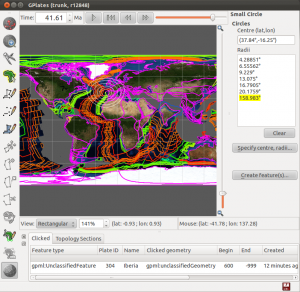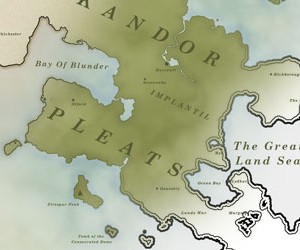There are many ways of gathering necessary information about the topic you are going to write about. With Internet being flooded with crap it is getting harder and harder to do research, swimming in the Google ‘bubbles’, tailored just for you. Not. I don’t want some algorithm to suggest me loads of irrelevant information. I don’t have time and strength to process all that, digging to get the gold seeds of wisdom for my projects. The more specific information you need, the harder is to get it (and you might not even know where to look for it in the beginning – this paddling consumes even more time.)
Chances are the information you are looking for is not in your field of expertise, i.e. you have your diplomas and stuff in other fields. And maybe even on the other side of the knowledge spectrum.
What to do?
One good idea is to ask a person who works in the field of interest. If it is science, there are numerous “Ask a [insert scientist here]” services. They are not super fast, and you shouldn’t flood these people with tons of questions – so the best idea is to sum up all things you want to ask and send them in one e-mail. You will get a reply within a few weeks. Of course, you might be lucky having friends who work in those specific fields and can help.
If you have access to a good library, you might also dig for answers there. Reference books are expensive, and you would probably need a lot of those, so I wouldn’t recommend buying them just for one-time peek. Again, you might not even find an answer you are looking for.
The downside of the two options above is you don’t own that knowledge. You borrow it. If you need something similar, but a little bit different, you’ll be running around asking questions again, storming libraries and reading your ass off. This consumes time. It will devour your time each time you need to do your research. If you are consent to this – fine. Stop reading here.
There is another option. It also requires your time, but it does so only once. I’m talking, of course, about free online courses. Yes, they require you to work on them. They require your time. No, not your writing time. You can cut on TV and other small things for a few weeks. But this small sacrifice comes with benefits – the knowledge you’ll gain is all yours now. You will have a base to work with, to think and decide for yourself. You will have an idea where to look next time you need additional information. And you’ll be a lot faster in your research. And probably make less mistakes. You will be the one to answer your questions for your writing. If you are working in a specific genre like science fiction – no, even broader – speculative fiction, there are things you would need to research. Many, many things. And you can learn them before you would start your next project. So, consider being a student again for a while (if you are not one anymore.)
Free online courses are not hard to find via Google or any other search engine. For example, look at this: over 600 free online courses. There are more sophisticated ones, like Coursera. Then there’s Khan Academy, a library of over 4,000 videos on everything from arithmetic to physics, finance, and history and hundreds of skills to practice, with a mission to help you learn what you want, when you want, at your own pace. And here’s the Ultimate List of Free Online Video Courses.
I signed up for Astrobiology and the Search for Extraterrestrial Life on Coursera. Five weeks are going to be fun. And no specific background is required!
Try it. You might get to like the idea.
